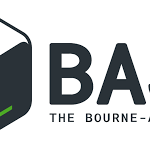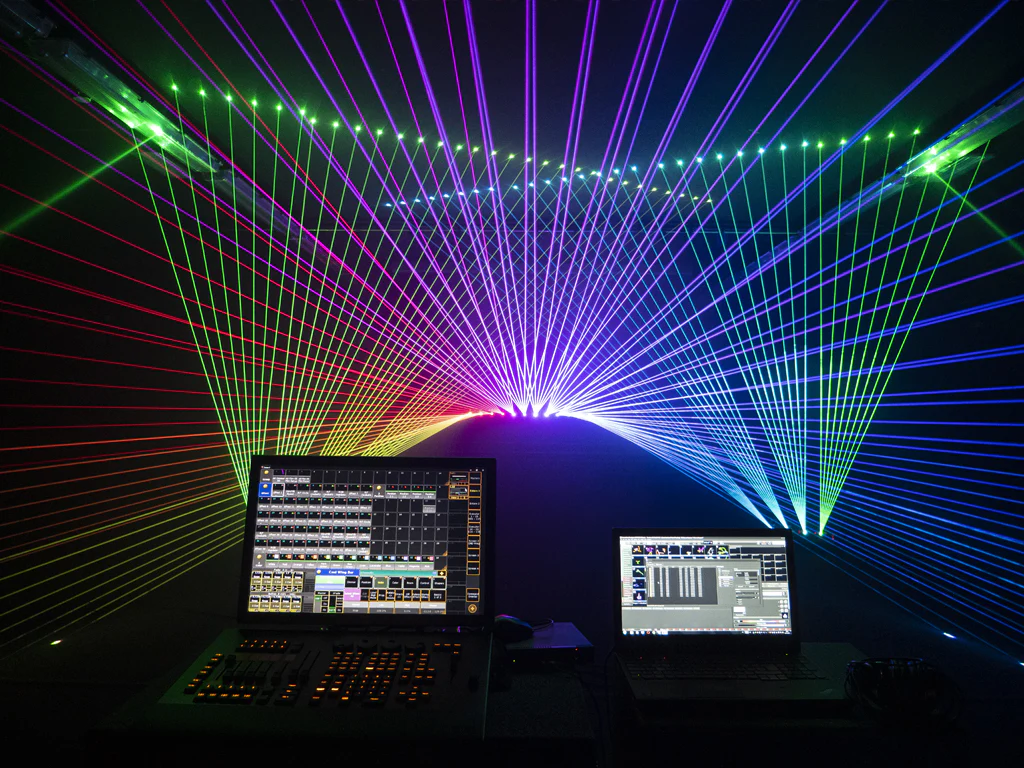
Table of Contents
Introduction
Light programming is a captivating mix of technology and creativity, where stunning visual displays are meticulously timed and choreographed to music. From lasers to moving head lights, the right combination of lighting techniques can transform any event into an unforgettable spectacle. In this blog, we dive into the intricacies of light programming, the tools and technologies used, and how to synchronize lasers and moving heads with music for jaw-dropping shows.
Core Technologies in Light Programming

Light programming involves controlling various types of lights—including lasers and moving heads—using advanced software to create effects that align with music and visual themes. The two most common types of lights used in shows are lasers and moving heads, both of which add depth, movement, and texture to the overall light show.
Lasers
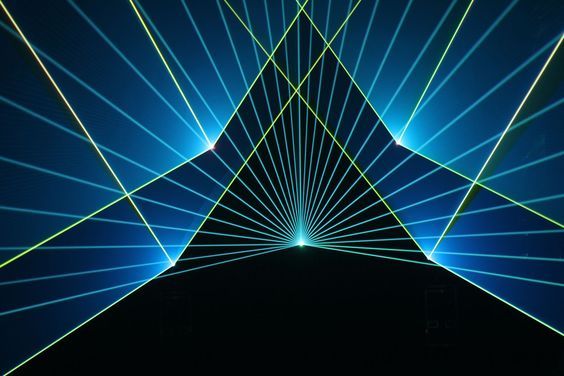

Lasers are highly focused beams of light that can be manipulated to create detailed patterns, text, shapes, or atmospheric effects. They offer the ability to cover large areas with vibrant colors and intense beams, making them a go-to for concerts, nightclubs, and festivals.
- RGB Lasers: These can produce a wide range of colors by combining red, green, and blue lasers.
- Diode Lasers: Commonly used for smaller installations, providing efficiency and precision.
- Gas Lasers: Known for their high power, they create extremely bright, clean beams for large-scale events.
Moving Heads
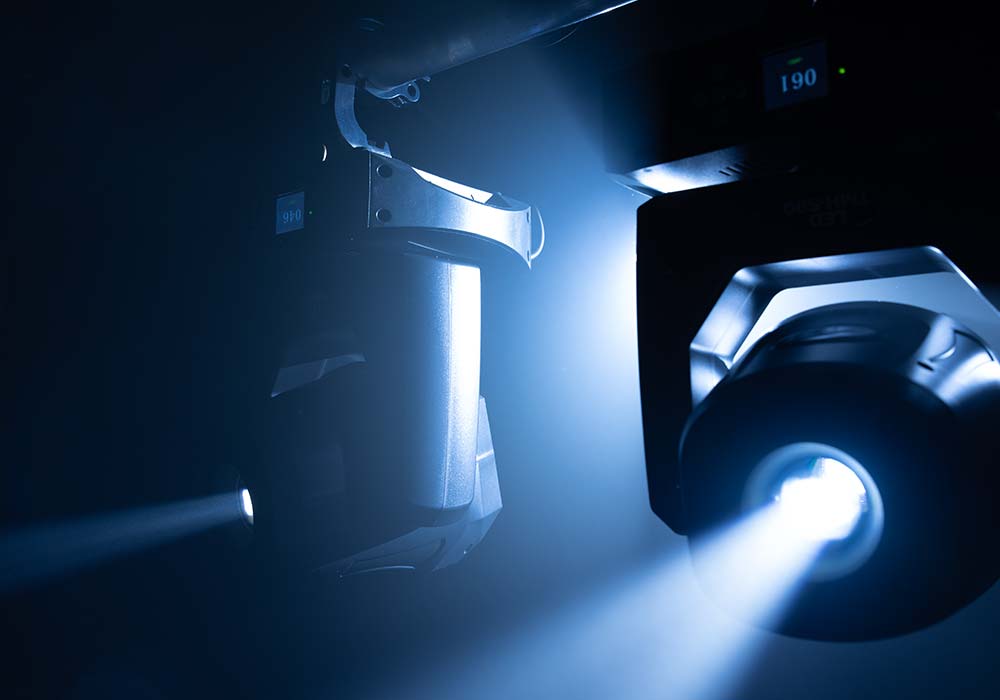
Moving heads are motorized lights capable of rotating in different directions. When synchronized with lasers, they create dynamic, multi-layered visuals. Moving heads can change direction, color, and intensity in real-time, giving lighting designers more creative control.
- Wash Lights: Spread light over wide areas, providing ambient coverage.
- Spot Lights: Offer focused beams that can highlight performers or specific parts of the stage.
- Beam Lights: Create sharp, narrow beams of light for concentrated, dramatic effects.
Master-Slave Concept in Light Programming
The master-slave concept plays a crucial role in light programming. The master (usually a computer or controller) sends out commands, while the slave devices (lights, lasers, and moving heads) follow the instructions. This system allows for precise coordination between different types of lights, ensuring that all effects are in sync with each other and with the music.
Software for Light Programming

A variety of software platforms are available for programming both lasers and moving heads. These programs offer comprehensive control over timing, color, movement, and intensity, making it possible to create intricate and synchronized light shows.
- Pangolin Beyond: A powerful software solution for both lasers and lighting, allowing for integration with other DMX-controlled devices like moving heads.
- LightJockey: Commonly used for moving heads, offering advanced effects creation and real-time lighting adjustments.
- Madrix: A software that focuses on pixel mapping and LED control, also supporting synchronization with audio.
Programming Lights and Lasers to Music
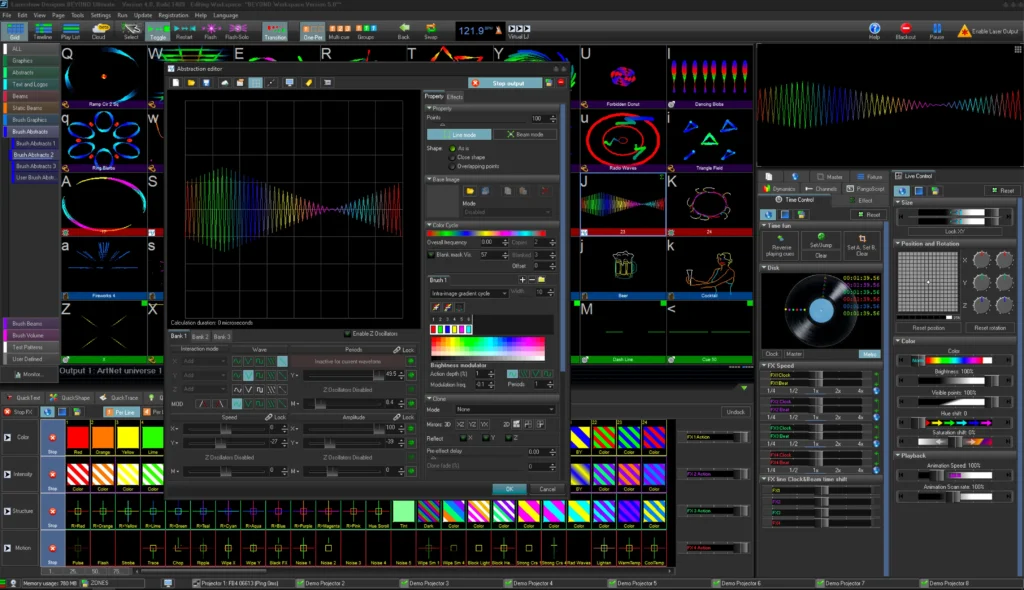
Creating a seamless blend of music and lighting requires precision and attention to detail. Here’s a step-by-step breakdown of how it’s done:
- Analyze the Music: Start by analyzing the track to identify key moments, like beat drops, tempo changes, and significant musical shifts.
- Design the Effects: Use software to design the lighting and laser effects. This includes choosing colors, patterns, and beam movements that complement the music’s mood and rhythm.
- Set Cue Points: Use the software’s timeline feature to align light and laser effects with specific beats or moments in the music. This ensures that all visual elements hit the right mark during the performance.
- Test and Fine-Tune: Once the cues are set, run tests and fine-tune the timing and intensity of the lights and lasers. Adjustments are often needed to achieve perfect synchronization.
Moving Head Lights and Their Role in Light Shows
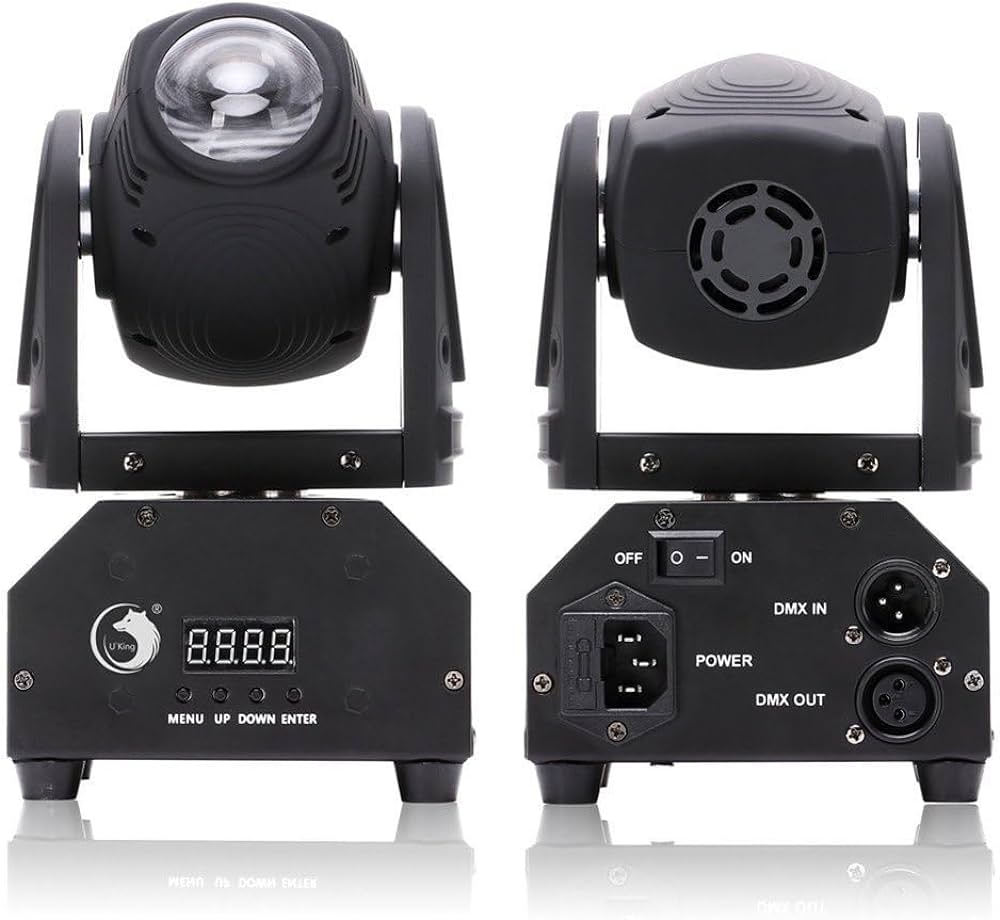
Moving heads bring a level of movement and energy to light shows that is unmatched by other lighting tools. These lights can sweep across a stage, spin around, and even tilt in real time to match the tempo of the music.
How to Integrate Moving Heads with Lasers
- DMX Control: Both lasers and moving heads can be controlled using the DMX protocol, allowing for simultaneous programming and triggering.
- Dynamic Movements: Moving heads can be programmed to move in sync with laser beams, creating a layered effect where both elements work together to enhance the visual experience.
- Color Matching: Match the colors of lasers and moving heads to unify the visual palette of the show. This helps to create a cohesive experience, where all lights are contributing to the same theme or mood.
Synchronizing Lights and Lasers to Music
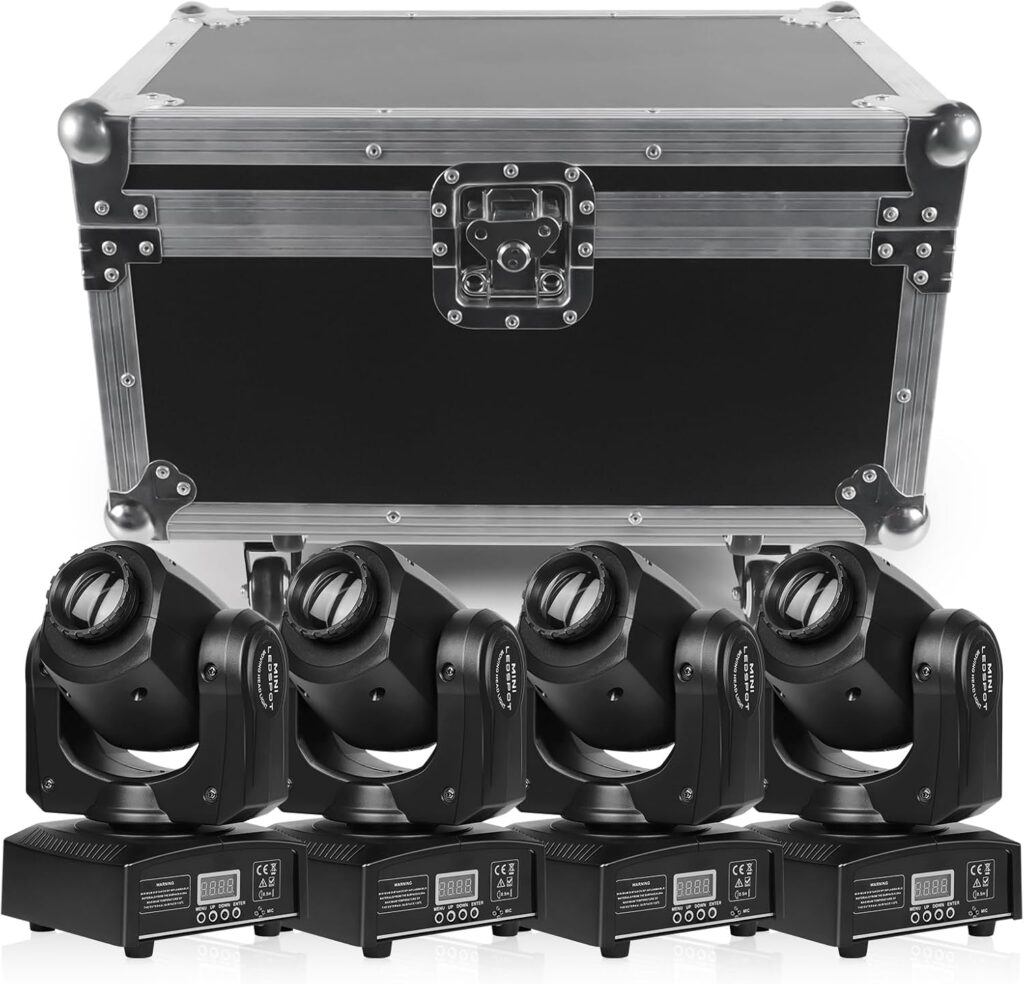
The ultimate goal of light programming is to make the lighting a natural extension of the music. Here’s how you can do that:
- MIDI Integration: Many light programming software solutions support MIDI integration, which allows them to sync with other equipment, like soundboards, to trigger effects based on real-time audio inputs.
- Audio Input: Some lighting software programs can take audio input directly from the music being played. The lights can be programmed to react automatically to certain frequencies or beats, creating an immersive environment.
- Cue Points and Timelines: Set precise cue points in the timeline to ensure that each lighting change or laser movement is perfectly aligned with the music. This is especially useful for pre-recorded shows where timing needs to be perfect.
Conclusion
Light programming, especially when incorporating lasers and moving heads, is a powerful tool for creating visually stunning performances. Whether you’re planning a concert, festival, or club event, the combination of synchronized lights, lasers, and music adds depth and excitement to any show. Using advanced software, the master-slave concept, and technologies like DMX and MIDI, lighting designers have the tools to create unforgettable visual experiences that perfectly complement the sound.


